
Machine learning is transforming the world as we know it. As companies continue to dive further into the possibilities of virtual intelligence, new concepts continue to emerge. One particularly crucial area of study is “Deep Learning”.
Deep Learning is a sub-section of machine learning, capable of bringing higher levels of accuracy and efficiency into the AI landscape. When trained correctly, the right deep learning systems can match and even outperform human cognition. Data scientists working in the deep learning field have begun building frameworks over the last few years specifically to enhance the sector. Machine learning is now capable bringing stronger solutions than ever before.
Today, we’re going to look at some of the most compelling deep learning frameworks for 2021.
Tensorflow
One of the better-known names in the machine learning space, Tensorflow is the open-source platform from Google, intended to support all kinds of AI development. This deep learning solution is based on JavaScript and equipped with various resources to simplify the training and deployment of new deep learning models. Curated curriculums teach developers how to access AI, while different flavours of TensorFlow support things like mobile app and bot development.
Tensorflow is perfectly suited for experimenting with deep learning architecture and deep learning models. Though extensive coding is necessary, Tensorflow is a powerful, intuitive tool for companies from all backgrounds.
PyTorch
Another open-source framework for deep learning, PyTorch was originally developed by Facebook, and based on the Torch library. This innovative solution speeds up the process of developing and prototyping deep learning models. The C++ front end builds on a Python interface. While frontend supports model development, the torch backend promotes scalable distributed performance optimisation and training opportunities.
PyTorch offers tons of documentation for developers, and operates with a dynamically updated graph, for easy updates. This is an excellent product for building, training, and managing small projects. It’s also used extensively for deep learning apps associated with natural language processing.
Keras
A python-based solution for deep learning, Keras runs on top of Theano, PlaidML, Theano, Tensorflow, and other frameworks to expand developer opportunities. Keras is incredibly fast, and supports all kinds of projects, including data parallelism strategies. This means you can process huge volumes of data, while boosting model training time.
Keras isn’t ideal for low-level computation, but it’s fantastic for high-level performance demands. If you’ve recently begun your journey into machine and deep learning, Keras can give you an easy-to-follow learning and prototyping experience. Keras also promotes fast experimentation, and readable, precise coding opportunities.
Sonnet
Built atop Tensorflow and developed by DeepMind, the Sonnet framework is a high-level solution for building complex structures for neural networks. The Sonnet solution develops and enhances Python objects in relation to certain parts of a neural network, connecting each object to a computational Tensorflow graph. This helps to simplify the development of complex networks. Sonnet offers a simple, powerful programming model built around a single concept. Modules are self-contained and decoupled, and you can even write modules that pass to other models during a construction process.
Because Sonnet is designed to work on top of TensorFlow, you’ll also have access to valuable underlying details and functionality. You can also integrate Sonnet models with raw code from Tensorflow too.
Caffe
Caffe is another modern deep learning framework focusing on speed, modularity, and expression. Developed by the Berkeley AI Research community, Caffe is most popular among people who have explored machine and deep learning in the past. The framework is best-known for its speed and efficiency. It can process more than 60 million images a day and deliver excellent computer vision opportunities.
Compatible with Python, C, C++, and other options, the Caffe framework is highly versatile and adaptable. This solution will suit developers who don’t need access to the network layers available in things like Microsoft Cognitive Toolkit and Tensorflow.
Microsoft Cognitive Toolkit
Otherwise known as CNTK, the Microsoft Cognitive toolkit is a commercial-grade open-source solution for deep learning on a distributed basis. The Toolkit defines networks as a selection of directed graph computational steps, allowing users to easily combine and discover model types. CNTK also implements automatic differentiation, parallelization, and more across various servers and GPUs.
One of the better-known deep learning frameworks in the world, Microsoft Cognitive Toolkit is particularly successful for facilitating voice, handwriting, training, and image recognition with ease. There are a lot of scalable components and a massive community to help with growth.
MXNet
Another open-source framework intended to train deep neural networks, MXNet is a highly scalable and rapid solution for model training. Aside from offering a flexible programming model, MXNet also supports various programming languages, including Python, C++, JavaScript, Matlab, Wolfram, and many others.
A hybrid front-end and distributed training solutions make MXNet a powerful choice for a wide range of developers. This environment is lean and flexible, with support for all kinds of state-of-the-art DL models, including convolutional neural networks. You can also expect fast context switching, imperative and symbolic programming, and endless tools and libraries.
Gluon
A slightly newer entry to frameworks for deep learning, Gluon is a simple and effective deep learning interface created by Microsoft and AWS (Amazon Web Services). This open-source framework supports developers in creating quick and accurate machine learning models. There are concise APIs for DL models, supported by various optimised neural network components. Gluon also offers a range of plug-and-play building blocks and predefined layers.
The Gluon interface is built in Apache MXNet, and allows developers of all backgrounds to build, train, and develop deep learning models, without compromising on speed. The code is simple and straightforward, with versatile functionality to delight those who are new to deep learning and modelling.
DL4J
DeepLearning4J is a distributed Deep Learning library written for Java. Compatible with any JVM language, like Scala, and Kotlin, DL4J uses both Hadoop and Apache Spark to enhance and accelerate model training, so companies can incorporate AI into business environments fast. The solution works on distributed GPUs and CPUs, and it’s powered by a unique open-source numerical computing library.
The DL4J framework allows developers to compose and test deep neural networks, based on granular, or shallower layers. This provides more flexibility for users to combine sequence-to-sequence, variational, and other encoding options.
ONNX
The creation of both Microsoft and Facebook, the ONNX or Open Neural Network Exchange, is an open solution created for the development and presentation of various deep and machine learning models. There’s a scalable computation graph model, built-in operators and standard data types, and simple transitions between different AI methods. You can train models in one environment, then move them to another for inference purposes.
ONXX makes it quick and easy to access various hardware optimizations. You can use ONNX compatible libraries and runtimes that maximize performance across hardware systems, and you can develop your tools in your preferred framework.






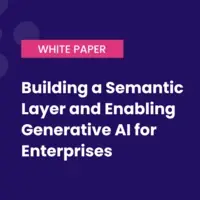
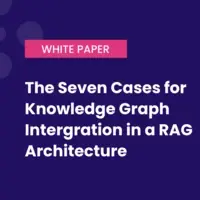


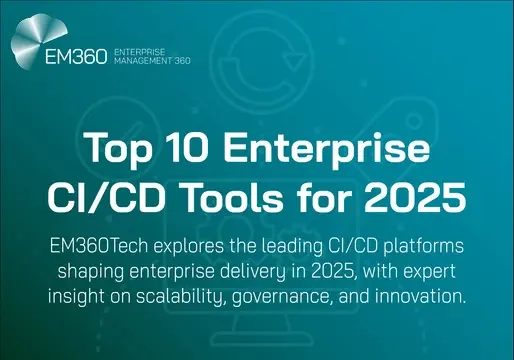
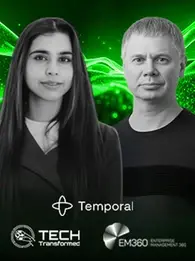


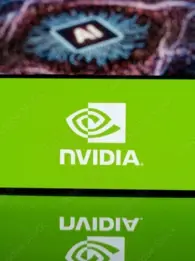
Comments ( 0 )